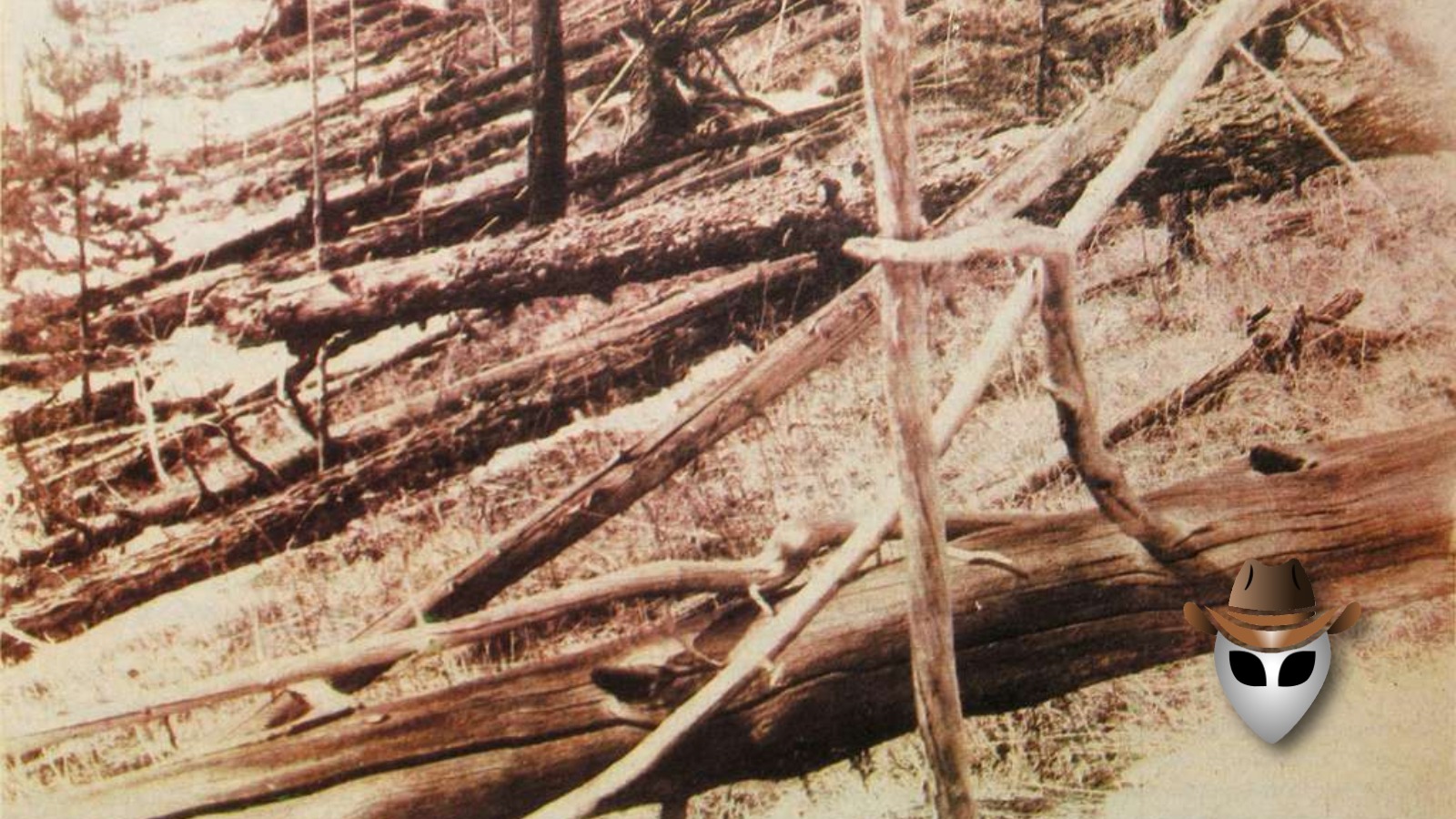On the morning of June 30, 1908, a massive explosion rocked the remote Siberian region near the Tunguska River, flattening over 800 square miles of forest. The event, now known as the Tunguska Event, remains one of the most puzzling and debated phenomena in modern history. Despite extensive research, the exact cause of the explosion remains uncertain, fueling a wide range of theories that range from scientific explanations to more speculative, paranormal interpretations.
The Case for a Natural Explanation of the Tunguska Event
The most widely accepted explanation for the Tunguska Event is that it was caused by the airburst of a meteoroid or comet. According to this theory, a space object entered the Earth’s atmosphere and exploded mid-air, releasing energy equivalent to 10-15 megatons of TNT. This explosion flattened trees in a radial pattern, typical of an impact blast, but left no crater, which is consistent with an airburst rather than a ground impact. This theory is supported by several pieces of evidence:
Eyewitness Accounts: Numerous reports from locals describe seeing a bright, blue-white light moving across the sky, followed by a series of explosions and a shockwave that knocked people off their feet. These descriptions align with the characteristics of a meteoroid entering the atmosphere and exploding due to the immense pressure and heat generated during its descent.
Lack of Impact Crater: The absence of a crater at the site of the explosion initially puzzled scientists. However, subsequent research has shown that airbursts, particularly of a small comet or meteoroid, do not necessarily result in an impact crater. Instead, the object disintegrates before hitting the ground, and the explosion’s energy is dispersed over a wide area.
Tree Damage Patterns: The trees at the center of the explosion remained standing but were stripped of their branches, while those farther away were blown down in a radial pattern. This pattern is consistent with the type of blast wave generated by an airburst.
Chemical Residues: Investigations of the soil and trees at the site have revealed traces of materials commonly found in meteoroids, such as silicate and nickel-iron particles. These findings bolster the theory that a space object was involved in the event.
The Paranormal Perspective of the Tunguska Event
While the meteoroid airburst theory is compelling, it does not account for every aspect of the Tunguska Event, leaving room for more speculative theories, including those involving paranormal activity.
UFO Theories: Some researchers and UFO enthusiasts believe that the Tunguska Event was caused by the explosion of an alien spacecraft or a nuclear-powered UFO. They argue that the absence of an impact crater and the peculiarities of the explosion—such as the strange light phenomena and the suddenness of the blast—are more consistent with an artificial, rather than natural, origin. Proponents of this theory also point to the fact that some of the witnesses reported seeing a cylindrical object in the sky before the explosion, which they interpret as a UFO.
Tesla’s Death Ray: Another intriguing, though less supported, theory suggests that the Tunguska explosion was the result of an experiment by the famed inventor Nikola Tesla. Tesla was known for his work on wireless energy transmission and had reportedly developed a “death ray” capable of destroying distant targets. Some theorists suggest that Tesla accidentally triggered this device, causing the Tunguska explosion. However, there is little evidence to support this theory beyond circumstantial speculation.
Comet of Antimatter: A more scientifically grounded, yet still speculative, explanation is that the Tunguska Event was caused by a comet composed of antimatter. When antimatter comes into contact with matter, it annihilates, releasing a tremendous amount of energy. This could theoretically produce an explosion of the magnitude seen at Tunguska. However, this theory lacks concrete evidence, particularly because it would be difficult to detect antimatter after the fact.
The Tunguska Event is a fascinating example of how a single event can generate a wide range of interpretations, from the scientific to the paranormal. While the meteoroid airburst theory remains the most credible explanation, the peculiarities of the event have left enough gaps in our understanding to allow for alternative theories to persist.
On the one hand, the evidence supporting a natural explanation is strong: the eyewitness accounts, the tree damage patterns, the lack of an impact crater, and the chemical residues all point to an airburst of a meteoroid or comet. This theory is further bolstered by the fact that similar, albeit smaller, airburst events have been observed in more recent history, such as the Chelyabinsk meteor explosion in 2013.
On the other hand, the absence of definitive proof—such as fragments of the meteoroid—leaves room for more speculative ideas. Theories involving UFOs, Tesla’s experiments, or antimatter comets, while lacking solid evidence, continue to capture the imagination of those who are inclined to look beyond the conventional explanations.
The Tunguska Event remains one of the most intriguing unsolved mysteries of the 20th century. Whether it was a natural disaster caused by a space object or something more extraordinary, the event continues to inspire debate and research. As our understanding of the universe expands, we may one day discover the true cause of the Tunguska explosion. Until then, the event remains a powerful reminder of the mysteries that still exist within our world and beyond.
Share Your Thoughts!
Was there something paranormal about the Tunguska Event? Share your thoughts in the comments below!
